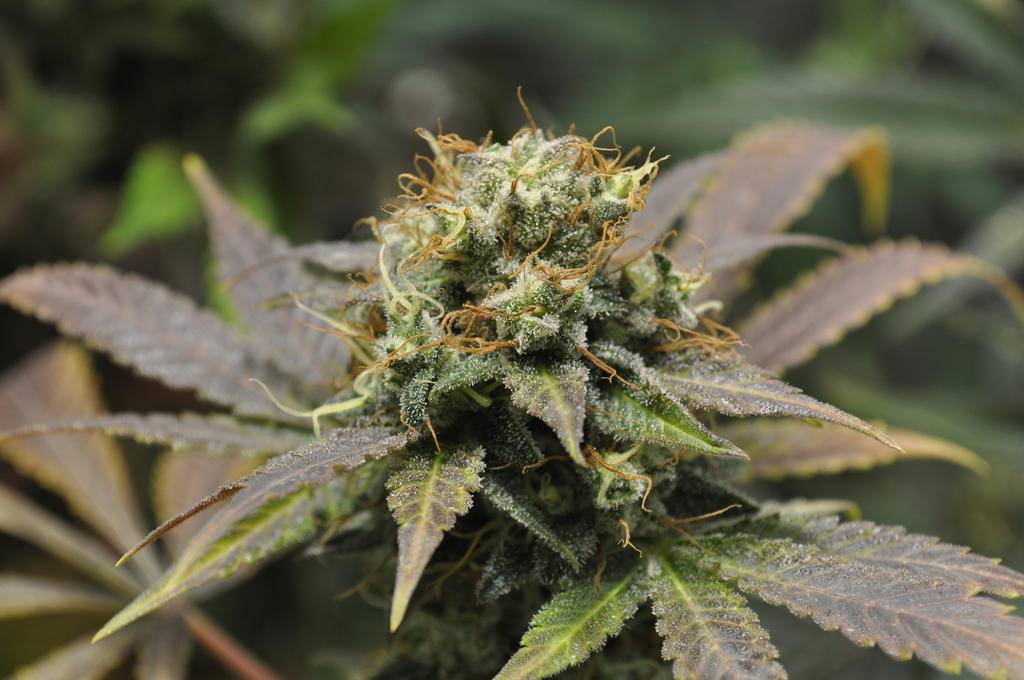Introduction
Diabla marijuana strain, also known simply as “Diabla,” is a potent and highly sought-after cannabis strain known for its unique combination of effects and appealing characteristics. As with any cannabis variety, it is essential to understand its history, genetics, appearance, aroma, flavor, effects, medical uses, cultivation techniques, and potential risks before using or growing it.
1. History and Genetics
The origins of the Diabla strain can be traced back to its parent strains. Typically, Diabla is a cross between two renowned and potent varieties, which contributes to its unique qualities. Unfortunately, specific information about the original breeders and the exact genetic lineage might be challenging to trace due to the nature of the underground cannabis market.
2. Appearance and Aroma
Diabla marijuana strain typically features large, dense, and colorful buds. The flowers exhibit shades of deep purple and green, covered in vibrant orange hairs (pistils) and a generous coating of sparkling trichomes. The striking visual appeal makes Diabla a favorite among cannabis enthusiasts.
The aroma of Diabla is often described as a pungent mix of sweet and fruity notes, with hints of earthiness and spice. The combination of scents is both alluring and captivating.
3. Flavor Profile
When consumed, Diabla offers a delightful flavor profile that matches its aroma. The taste can vary slightly depending on the specific phenotype, but it generally includes sweet and fruity undertones with spicy and herbal accents. Some users may also detect notes of berries, citrus, or even tropical fruits, enhancing the overall experience.
4. Effects and Potency
Diabla is renowned for its potent effects, making it a favorite among experienced cannabis users seeking intense and long-lasting highs. It is essential to approach this strain with caution, especially for novice consumers, as its potency can be overwhelming.
The high from Diabla is characterized by a strong cerebral euphoria, inducing feelings of happiness, creativity, and heightened sensory perception. Some users may also experience an initial rush of energy and focus. However, as the high progresses, a calming body relaxation sets in, potentially leading to a more sedative experience.
5. Medical Uses
While the recreational effects of Diabla are well-known, some medical marijuana patients have reported finding relief from various ailments through its use. However, it’s crucial to understand that cannabis affects individuals differently, and its medicinal potential may vary depending on the person and condition.
Potential medical uses of Diabla marijuana strain may include:
- Chronic Pain: Some users report using Diabla to alleviate chronic pain, including conditions like arthritis, back pain, and migraines.
- Stress and Anxiety: The euphoric and relaxing effects of Diabla may provide relief for those dealing with stress and anxiety-related disorders.
- Depression: Diabla’s uplifting properties might help combat symptoms of depression and boost mood.
- Insomnia: The sedative properties of this strain could be beneficial for individuals experiencing sleep difficulties.
- Appetite Stimulation: Diabla’s ability to induce the munchies may be helpful for individuals dealing with appetite loss or eating disorders.
6. Growing Diabla Marijuana
Before attempting to grow Diabla or any cannabis strain, it is essential to research local laws and regulations regarding cultivation. Assuming it is legal to grow cannabis in your area, here are some essential tips for cultivating Diabla marijuana:
- Climate and Environment: Diabla thrives in a warm, Mediterranean-like climate. If growing indoors, maintain a controlled environment with temperatures between 68-80°F (20-27°C) and proper ventilation.
- Growing Medium: The strain performs well in both soil and hydroponic setups. Choose a high-quality soil mix or a hydroponic system, depending on your expertise and resources.
- Lighting: Provide the plants with sufficient light during their vegetative and flowering stages. High-quality full-spectrum LED grow lights or High-Intensity Discharge (HID) lights are recommended for indoor growers.
- Nutrients: Diabla requires a balanced nutrient regimen during its growth phases. Consult reputable cannabis nutrient schedules to ensure your plants receive the necessary nutrients.
- Pruning and Training: Pruning and training techniques, such as topping and LST (Low-Stress Training), can help control the plant’s height and improve light penetration, resulting in higher yields.
- Flowering Time: Diabla generally has a flowering period of around 8-10 weeks. Outdoor harvests usually occur in late September to early October.
- Harvesting and Drying: Harvest the buds when trichomes are milky white and amber, indicating optimal potency. Dry the buds slowly in a controlled environment, ensuring they are adequately cured before consumption.
7. Potential Risks and Side Effects
As with all cannabis strains, Diabla may come with certain risks and side effects. These can vary depending on individual tolerance, dosage, and consumption method. Some potential side effects may include:
- Dry Mouth and Eyes: Commonly referred to as cottonmouth and dry eyes, these mild side effects can be alleviated by staying well-hydrated and using eye drops.
- Paranoia and Anxiety: High doses of Diabla, especially for those sensitive to THC, may trigger feelings of anxiety or paranoia. Users should start with a low dose to assess tolerance.
- Impaired Cognitive Function: Like any potent cannabis strain, Diabla can impair cognitive functions, affecting memory and concentration. Avoid driving or operating heavy machinery while under the influence.
- Addiction Potential: Cannabis, including Diabla, can be habit-forming for some individuals. Exercise moderation and be mindful of any potential addictive tendencies.
- Psychiatric Conditions: Individuals with a history of psychiatric conditions or family history of such conditions should be cautious with high-THC strains like Diabla, as they may exacerbate underlying issues.
Conclusion
Diabla marijuana strain is a captivating and potent variety, beloved by many cannabis enthusiasts. Its unique combination of effects, enticing aroma, and potential medical benefits make it a highly sought-after strain. However, given its potency, novice users should approach Diabla with caution. If you decide to try Diabla, always consume responsibly and be aware of local laws and regulations regarding marijuana use.
As with any strain or cannabis product, it is essential to research and understand the potential risks and benefits, and, if necessary, consult with a healthcare professional or cannabis expert before incorporating it into your wellness routine. Happy toking!
- Diabla Marijuana Strain - September 22, 2023
- Kratom Capsules By Just Kratom-Capsule Chronicles: Embarking on a Whimsical Adventure with Just Kratom’s Diverse Kratom Capsules - September 19, 2023

